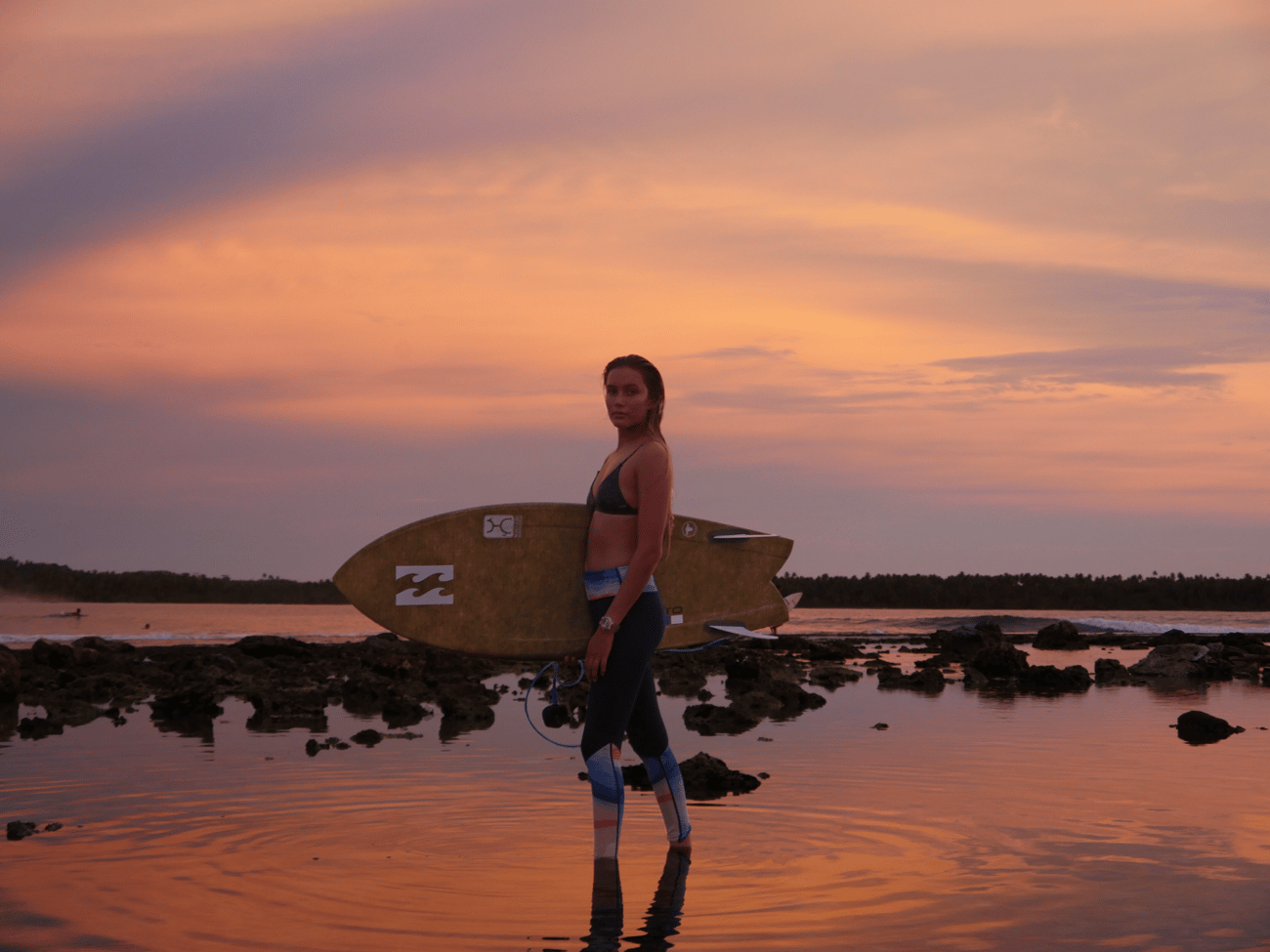Ewe beauty: How a Kiwi entrepreneur is making waves with a surfboard made out of wool

Like most of us, surfers are hypocrites. Their romantic environmentally facing philosophies don’t match with the carbon footprint the industry leaves behind. In part, this is due to the monolithic use of petroleums to manufacture surfboards, wetsuits, and other convenient surfing apparel. But the tide may have turned, as Barrons partnership with Firewire Surfboards to commercialise the wool composite technology at scale, which could finally see a sustainable alternative for surfboards become the norm.
Hadleigh Smith, market development manager of New Zealand Merino Company says, “Paul has found a way to replace fibre glass with a wool fibre which is not to much of a cost differential, as good as or better performance, and a sustainable alternative that could revolutionise the surfboard industry with a better type of product.”

Mark Price, CEO of Firewire surfboards, adds to its environmental benefits: “The basic raw materials that go into making a surfboard are highly toxic. What excites us is replacing fibreglass with a natural fibre.
“There is a feeling associated than that beyond the performance, when you ride it you feel more connected back to the natural world. And that intangible enhances the whole experience.”
While Barron keeps the process of how he makes the boards closely guarded, he says, “basically you grow a sheep, shear it, wash the wool twice in water and make the material that is light, flexible, durable, and fast.”
As the product is still in its first stage of developments, it’s still yet to be known the performance opportunity. However, it’s already been backed by some heavyweights in the surfing community. Notably, Rob Machado, who has won various pro surfing’s most prestigious contests – including Hawaii’s Pipeline Masters – and has been described as a surfing icon.
Price says, “Over the last couple of year all the team at FireWire have surfed them, as Hadley mentioned, it is at least equal to if not better than fibre glass.”
“Barron has developed the process quite some time ago, he’s been building and surfing these boards for many years. We linked up three years ago, and will have boards ready for market in April next year.”

Another key component is the effect it could have on New Zealand’s wool industry, which has gone from New Zealand’s largest exporter – once representing 90 percent of total export income in 1860 – falling to a meagre 2.73 percent in 2006. So, as the embattled industry seeks revival, innovations like woolen surfboards could present a new future for turning wool properties into products.
Smith says there is lots of room to industrial applications of wool.
“We are going to focus on water sports as a first step, from stand up paddle boards to kite boards to wind surfing boards, and potentially into boats. But this could expand into furniture, kitchen benches and many other categories. But we are going to retain a narrow focus on surfboards for the next few years to really cement its performance abilities.”

But for Woolight boards it’s not just about the use of wool, but how the wool is sourced. Thus, it has teamed up with P?mu farms – a farming operations enterprise renowned for its sustainable methods – who will supply the bulk of the wool fibre used in the ‘Woolight’ surf board.
Smith says, “Our model has always been about getting the best farmers in the world and linking them with the best brands in the world. Wool is really having a moment. And part of that moment is about having substance behind the farming practises, by understanding who the farmer is and what they do. It’s about finding the perfect type of fibre.”
The ‘Woolight’ surfboard range will launch in April across New Zealand, Australia, and the US. Asked what the distribution strategy will be, Price says it will release the surfboards to its best retailers in limited quantities and let the market decide what they make of the product.
Price says, “We are going to market it aggressively, we have got some phenomenal content based on visits to the farms, so there will be a great story. And then we will let it grow organically as surfers experience it and we see no reason why it won’t be a significant part of our business going forward.”




